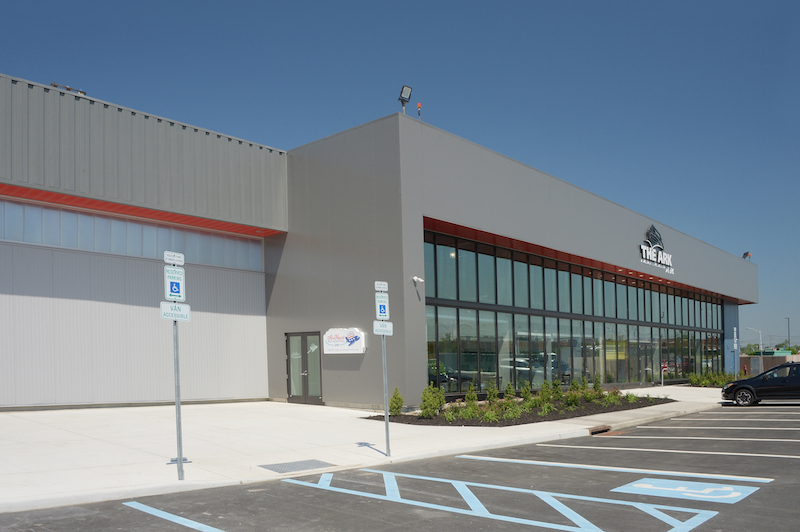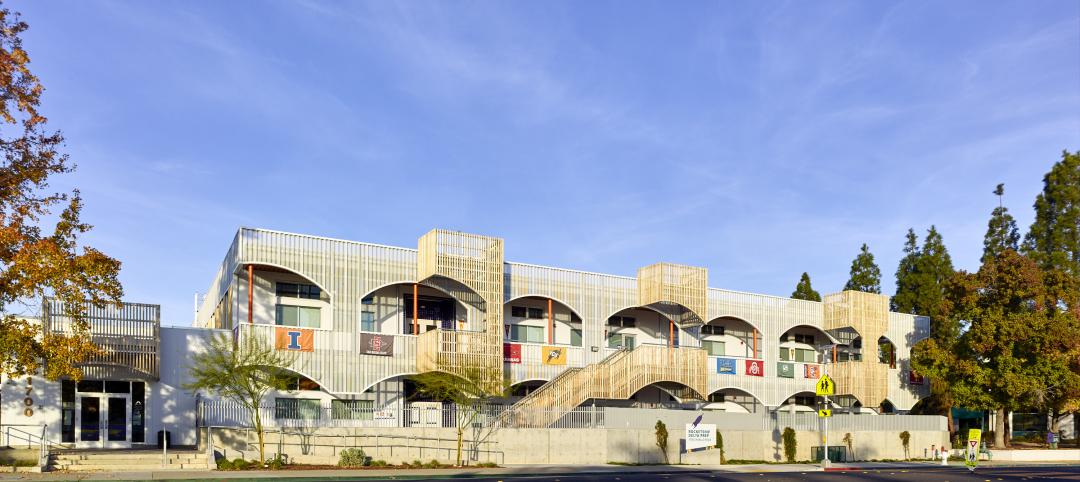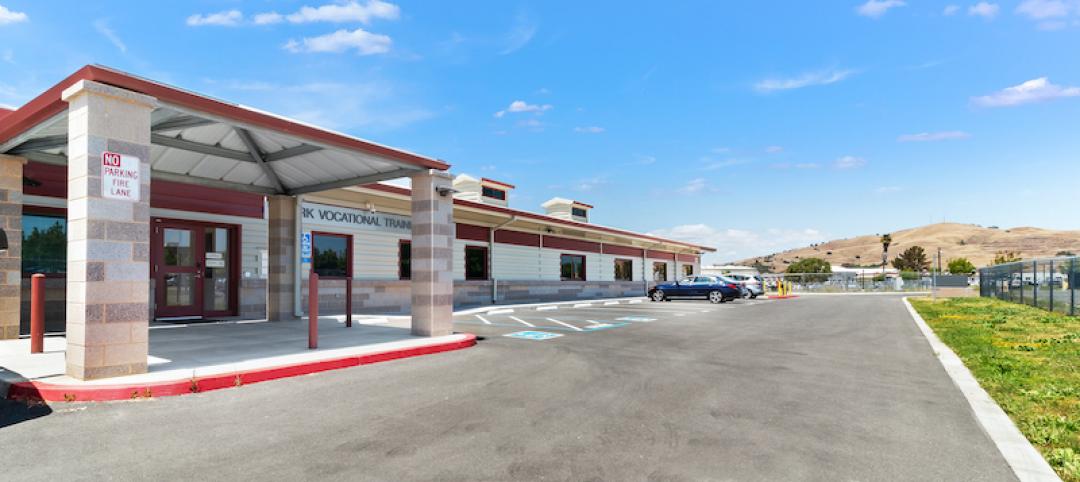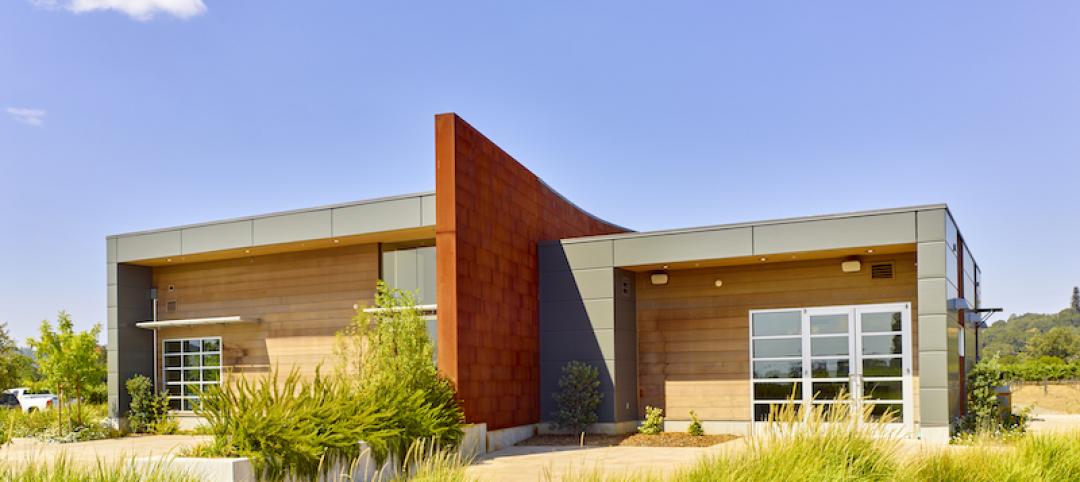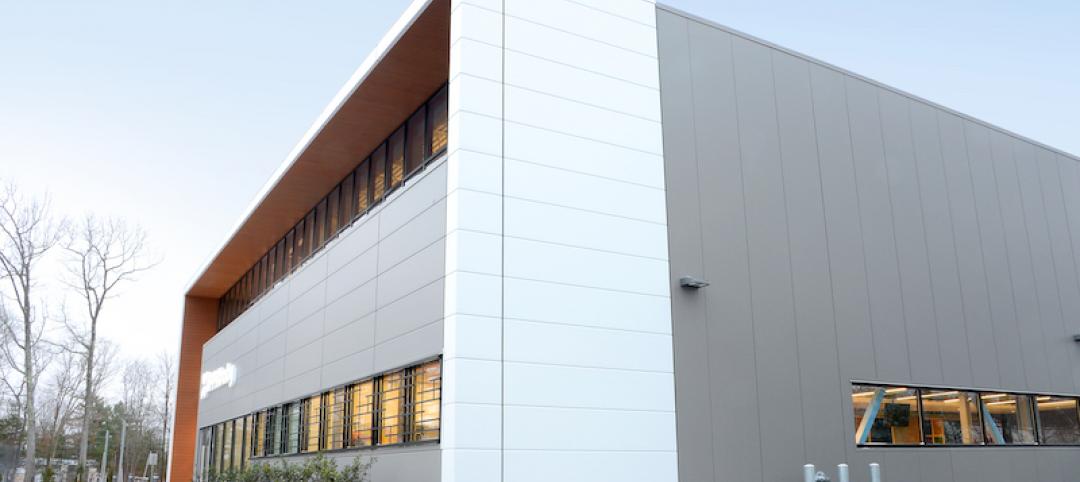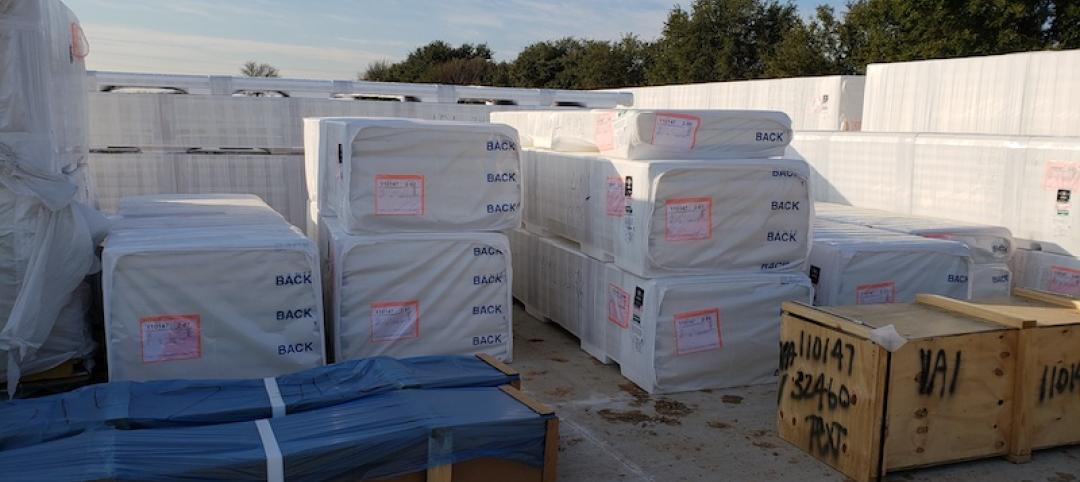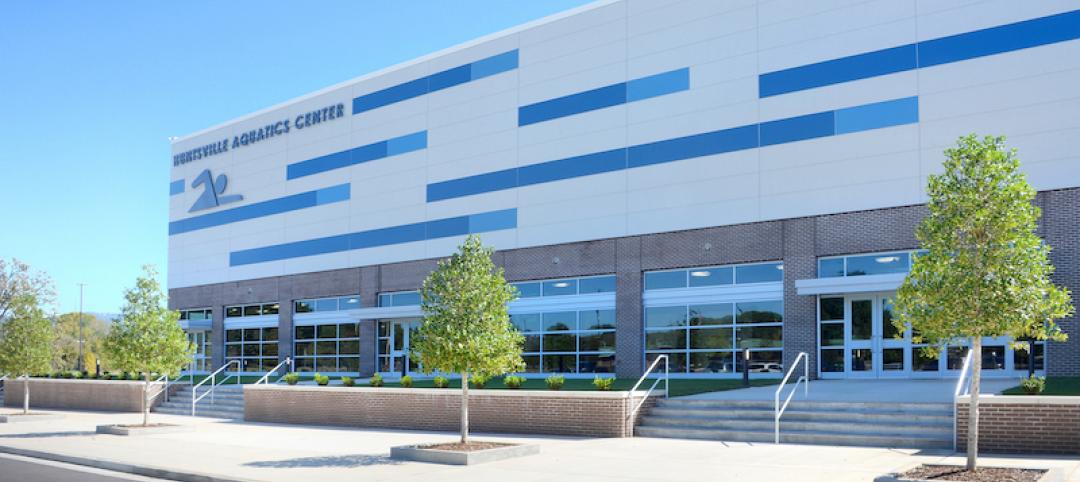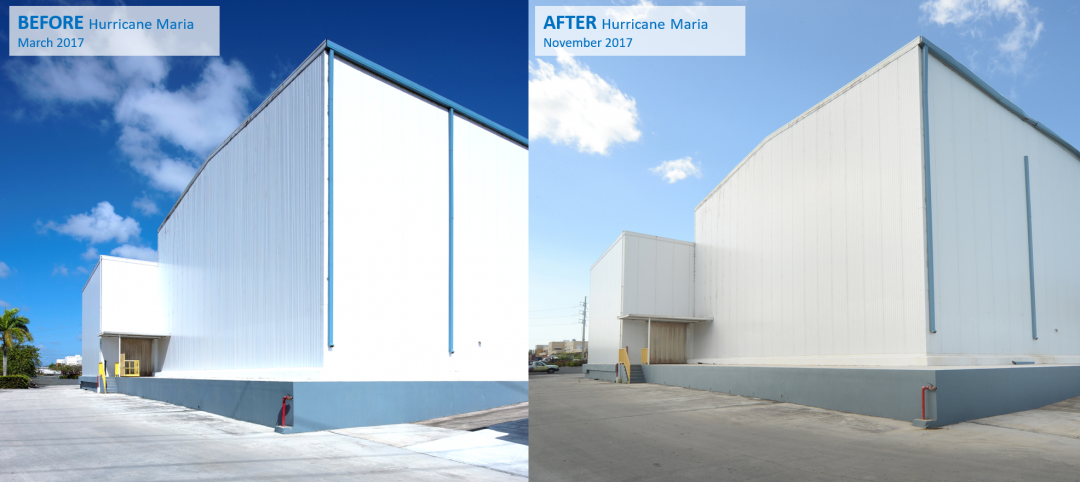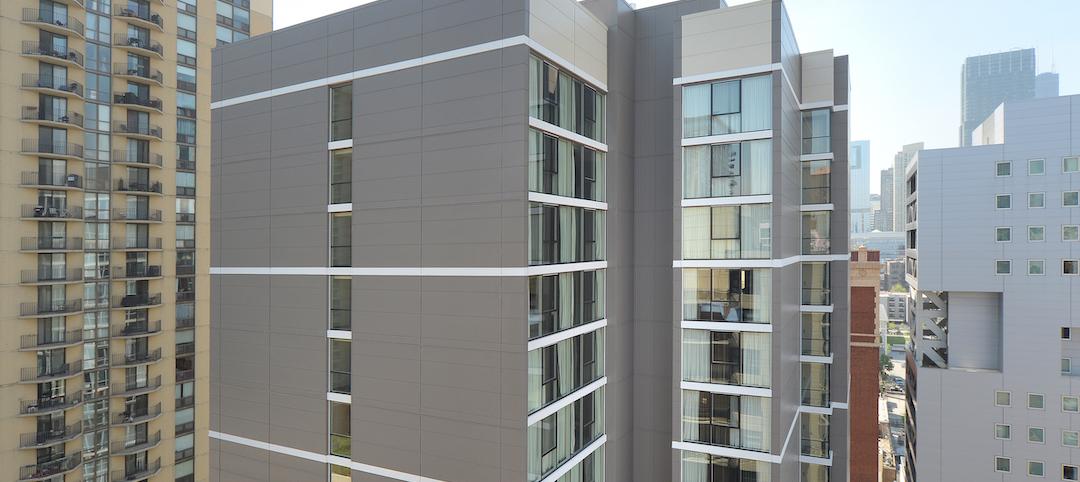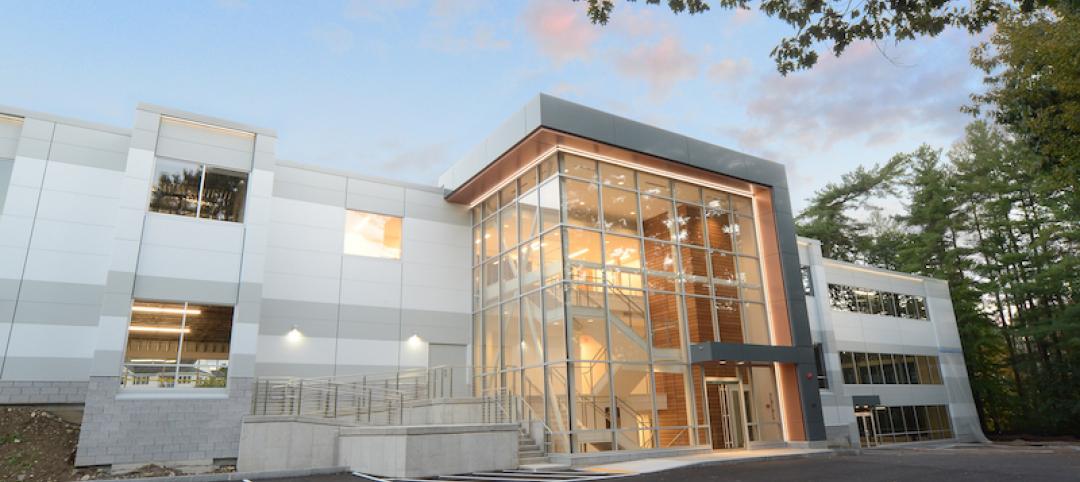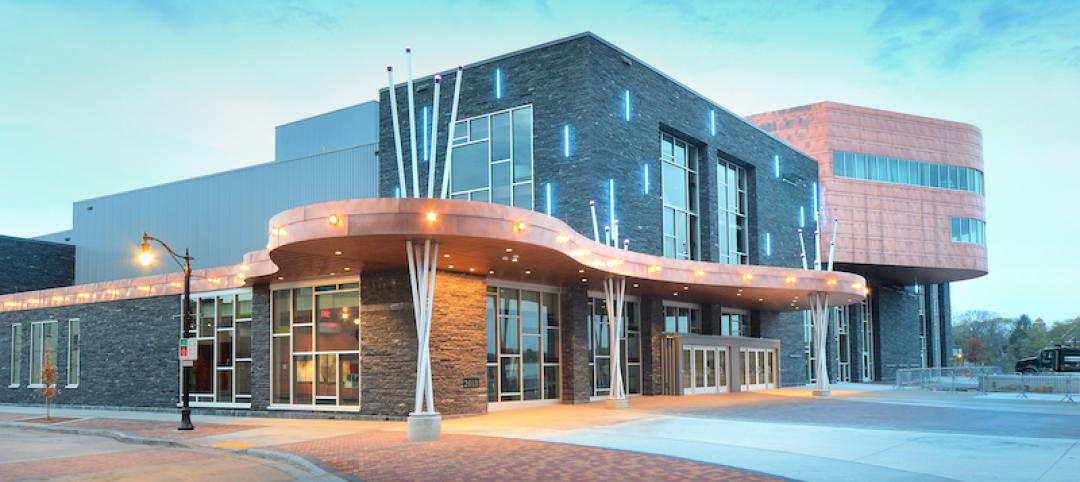In recent years, a handful of high-profile building fires have caused renewed scrutiny of using cladding systems with combustible content in multi-story buildings. Although these fires have not occurred in the U.S., and our building code is different than those used in the U.K. and elsewhere, the loss of life and property damage that have occurred has prompted our building officials to take a second look at how these products are evaluated for use here under the International Building Code (IBC).
It is important to understand that the IBC has different requirements regarding the use of specific materials depending on the configuration of the building as well as its end use. The requirements regarding the use of combustible cladding materials vary significantly depending on whether the structure is single or multi-story, and whether they are protected by automatic fire suppression systems. The code treats multi-story construction more stringently than single story construction because of the increased dangers to occupants of safely escaping a high-rise building during a fire event.
Single story construction requirements for using foam plastic materials such as Insulated Metal Panels (IMPs) are found in Chapter 26 Plastic. This chapter lists various small-scale tests and approvals such as ASTM E84 and UL 723. There are also very specific instructions regarding the use of thermal barriers when using foam plastic (including IMPs). However, IMP manufacturers in the N. American marketplace have opted to conduct large-scale testing such as Factory Mutual 4880, UL 1040, UL 1715 or NFPA 286. These standards are comprised of a multitude of individual fire tests that determine various product characteristics such as flame spread, smoke development, fuel content, ignition temperatures etc. These tests are typically carried out directly by FM or UL, or in the case of NFPA 286, accredited labs that conduct NFPA testing. The results are used to create “approval reports” which verify that the requirements of Chapter 26 have been met. These large-scale testing regimens are designed to comply with section 2603.9 Special Approval. This section effectively overrides the separate thermal barrier requirements listed in 2603.4, and also establishes compliance with the requirements for using foam plastic insulation listed in section 2603.6 Roofing.
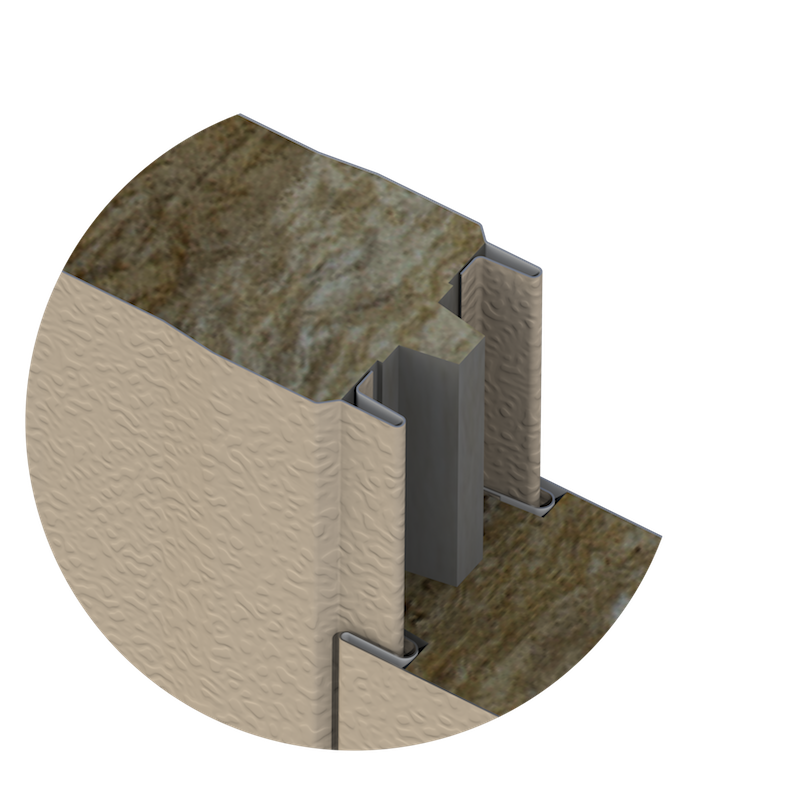
The prevailing test standard referenced in Chapter 26 for multi-story construction using combustible components is known as NFPA 285. This standard is developed by the National Fire Protection Association, a non-profit organization devoted to “promote the science and improve the methods of fire protection and prevention”. NFPA 285 provides a “standardized fire test procedure for evaluating the suitability of exterior, non-load bearing wall assemblies and panels used as components of curtain wall assemblies that are constructed using combustible materials or that incorporate combustible components for installation on buildings where the exterior walls are required to be non-combustible” (www.nfpa.org). To summarize, the code allows the use of combustible materials in non-combustible assemblies if they can comply with this standard. Many building materials fall into this category including insulated metal panels, aluminum composite panels, rigid insulation boards (foam plastics), some air barrier sheathing products etc. Many of these products are the materials of choice for multi-story construction because of their thermal efficiency, effectiveness as environmental control layers (air/vapor/water), light weight, ease of installation, low cost and excellent aesthetics.
This is also the standard that is currently causing the most confusion amongst architects, engineers, contractors, product manufacturers and even some building officials. Most of the confusion surrounds the requirement that the tested assembly is representative of the installed configuration. This can be quite problematic, as even slight changes in the installed configuration not affecting fire performance could be interpreted as not in compliance with tested assemblies. There are also many, many permutations in wall construction due to the multitude of rainscreen systems, air barriers, foam plastic insulation and barrier walls assemblies used in multi-story applications, and it is simply not feasible to test them all. Fortunately, fire safety engineering reports (also known as “engineering judgments”) from accredited firms can sometimes be used to substantiate compliance.
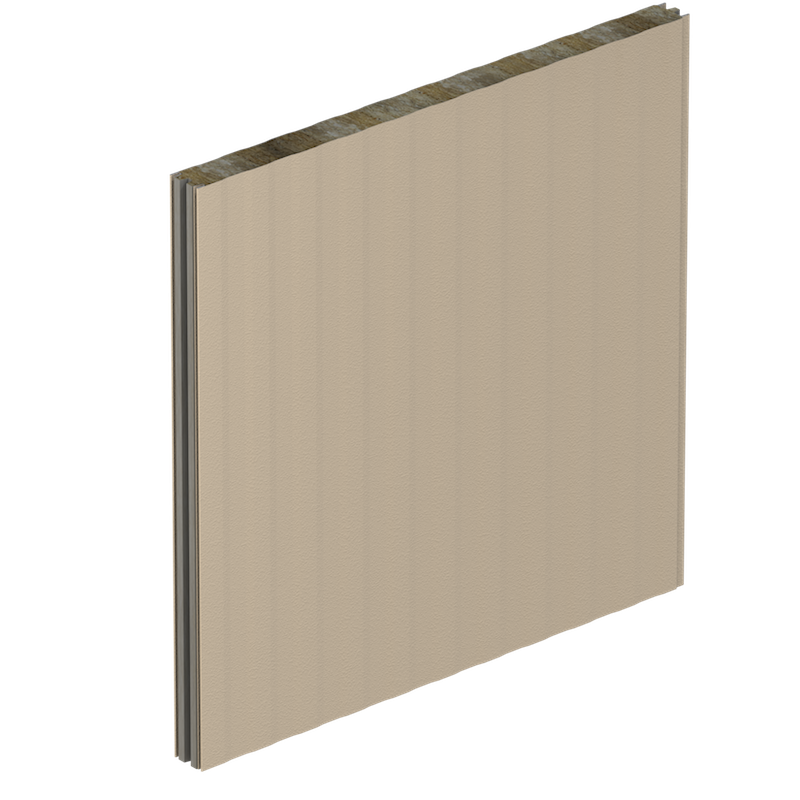
As with most everything in the construction industry, the “devil is in the details”. The current efforts to amend NFPA 285 are designed to provide additional protection against the types of fires that have occurred recently in other parts of the globe. Specifically, there is an effort to modify the standard to make it more rigorous and to reflect common installation and design practices so that it better reflects actual performance in a fire event. In effect, by changing the test parameters to reflect worst case performance, the goal is to provide maximum protection to building occupants.
Building codes can be difficult to understand. The good news is that responsible IMP manufacturers are here to help architects, engineers, contractors and authorities having jurisdiction (AHJs) on how to properly interpret the use of IMPs under both the IBC and the Canadian Building Codes.
More from Author
Metl-Span | Nov 5, 2020
Metl-Span Delivers Lesson in Energy Efficiency at California Charter School
How do you construct a net-zero energy, state-of-the-art charter school that also reflects the area’s heritage? Designers for Rocketship Delta Prep School in Antioch, California, went to the head of the class by tapping into the energy efficiency and versatility of Metl-Span’s insulated metal panels.
Metl-Span | Aug 6, 2020
California instructional facility locks down Metl-Span solution for performance, efficiency
Designers charged with envisioning a new educational facility for the incarcerated turned to Metl-Span’s HPCI Barrier Wall Panels for the exterior walls. The result: A LEED-certified, award-winning building.
Metl-Span | Dec 4, 2019
Insulated metal panels offer desired economic aesthetics for winery, hospitality center
Zialena Winery sits on a 120-acre property and dates back to the early 1900s when Giuseppe Mazzoni immigrated from Italy to become a grape farmer and winemaker.
Metl-Span | Nov 13, 2019
All metal panels are not created equal
Understanding the contrast between single-skin and insulated metal panels can make all the difference in building performance.
Metl-Span | Oct 23, 2019
Protect IMP panels on job sites
Construction is tough enough without finding your IMPs have been damaged before they could go up. Following a few tips can keep them pristine no matter how long they sit on the site.
Metl-Span | Oct 9, 2019
Benefits of specifying insulated metal panels
Metl-Span's IMPs consistently pass or exceed code requirements involving air, water, vapor and thermal performance.
Metl-Span | Aug 30, 2019
Multi-Story Design Considerations When Using Horizontal Insulated Metal Panels
Horizontally installed IMPs require a healthy amount of coordination with the project’s design team.
Metl-Span | Aug 20, 2019
Massachusetts office building goes from retro to retrofit
Metl-Span® Insulated Metal Panels transform 54 West Middlesex Turnpike.
Metl-Span | Jul 31, 2019
Profile depth of Metl-Span’s Insul-Rib panels provides ‘shape and shadow’
The Pablo Center at the Confluence in Eau Claire, Wis., was constructed to fit into its site where the Eau Claire and Chippewa rivers meet.

